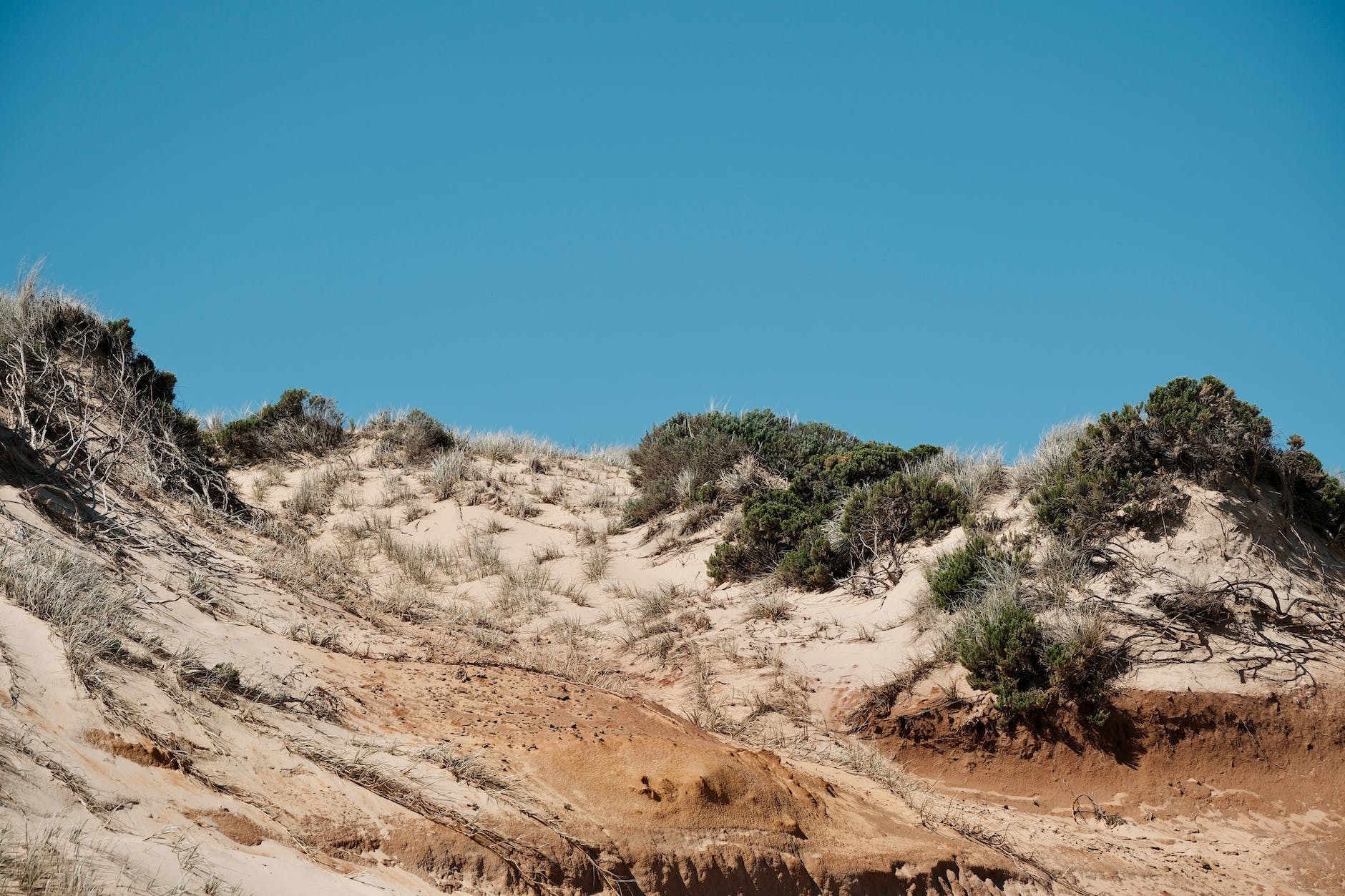In the eclectic field of psychiatry and anthropology, there’s a growing interest in a fascinating subject: the ethnobotany of psychedelic plants. Ethnobotany is the scientific study of the relationships and interactions that exist between people and plants. This niche has begun to explore the crucial role these distinctive plants play in indigenous cultures, their shamanism, healing rituals, and use of plant medicines.
One such medicinal plant is the peyote, a small cactus famously known for its psychedelic properties and revered among the indigenous populations of North America. Found mainly in the deserts of Mexico and the southwestern United States, the peyote cactus contains mescaline, a powerful hallucinogen. Apart from its healing use in psychotherapeutic settings, this plant is central to the spiritual rituals of the Native American Church, where it’s ingested to induce a transcendental state that allows for deep meditative reflection and spiritual enlightenment.
Another plant employed for its hallucinogenic qualities is iboga. This perennial rainforest shrub, principally located in Gabon, Cameroon, and the Republic of the Congo, is renowned for its use in the spiritual and healing practices of the Bwiti religion. The plant’s root bark contains ibogaine, a potent psychoactive substance that induces visions and insights that are believed to help resolve personal conflicts and promote spiritual growth. The Bwiti use iboga as an entheogen, a substance that induces a mystical experience designed to bring about spiritual development and insight when used in a religious or ritualized context.
Dimethyltryptamine, or DMT, can be found in various plant species globally and has been used for its psychoactive effects for thousands of years. Although DMT on its own is often synthesized in a lab, it is a critical component of many traditional plant-based preparations, like ayahuasca. The indigenous cultures of the Amazon Rainforest brew ayahuasca from the Banisteriopsis caapi vine in combination with other plants containing DMT. Ingested as part of religious and healing ceremonies, this powerful psychoactive brew facilitates profound psychological and emotional introspection, often involving visions or ‘communications’ with the spirit world. There is now a growing amount of clinical research suggesting that when guided professionally, ayahuasca ceremonies can have significant therapeutic effects, such as improved mental health and wellbeing.
Psychedelic plants and their intrinsic powers are the living heart of many indigenous cultures worldwide, revered in their spiritual and healing rituals. In the lens of ethnobotany, we observe an intriguing fusion of botany, chemistry, anthropology, and psychology. The more we discover the potentials of these plants, the greater our understanding and respect become towards these cultures who have long recognized plant medicines’ benefits.
Understanding the ethnobotany of psychedelic plants also highlights the importance of environmental conservation. As our world plunges deeper into an ecological crisis, it’s essential to remember that the preservation of indigenous lands stands as not merely a matter of environmental concern but also of cultural survival. As we continue our foray into the wellness and therapeutic potentials of these plants, we must also ensure that we do so sustainably and respectfully, with acknowledgment and admiration for the cultures that have held these practices sacred for millennia.
While our understanding of the many potentials embedded within psychedelic plants continues to grow, the story of their ethnobotanical significance is still unfolding. Guided by the cultures that have long cherished these entheogens, we may yet discover a whole new world of healing — a gift from nature’s verdant wisdom.
Sources:
– Nature
– National Center for Biotechnology Information






